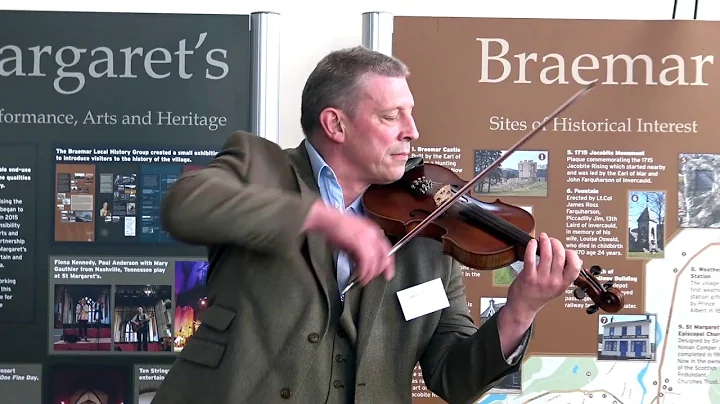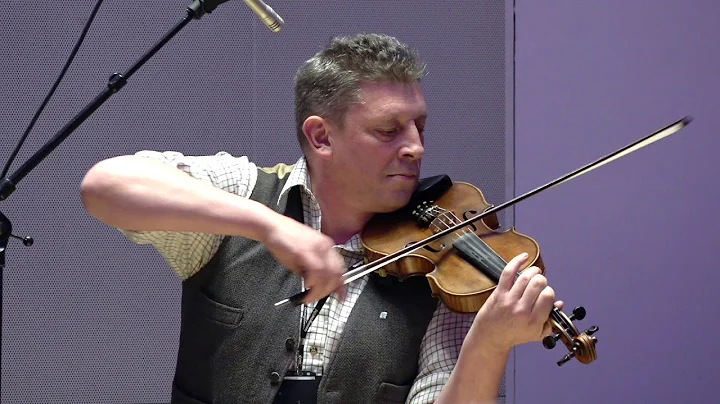Paul F Lindlau
age ~85
from Long Valley, NJ
- Also known as:
-
- Paul F Landau
- Paul F Lindla
- Lindlau Lindlau
- Paul V
- Paul U
- Phone and address:
-
8 Brookside Dr, Long Valley, NJ 07853
(908)8761610
Paul Lindlau Phones & Addresses
- 8 Brookside Dr, Long Valley, NJ 07853 • (908)8761610
- Hackettstown, NJ
- East Orange, NJ
Us Patents
-
Fail-Safe Sensor System
view source -
US Patent:46821538, Jul 21, 1987
-
Filed:Oct 23, 1985
-
Appl. No.:6/790445
-
Inventors:James M. Boozer - Hampton NJ
Robert W. Mayer - Hackettstown NJ
Alan J. Kumasaka - Hackettstown NJ
Paul R. Strelecki - Metuchen NJ
Paul F. Lindlau - Long Valley NJ -
Assignee:Amerace Corporation - Hackettstown NJ
-
International Classification:G08B 2900
G08B 100
G08G 114 -
US Classification:340507
-
Abstract:A fail-safe sensor system to provide a positive indication of the proper operation of a sensor system by accounting for the return signals from an active zone and a monitor zone beyond. Search signals, provided by a transducer operating in the transmit mode, are transmitted within an active zone within which objects to be detected are expected to be located. Unreturned search signals are permitted to travel beyond the active zone into a monitor zone beyond and objects in such monitor zone cause return signals which are also employed. A counter feed from a free running clock source is permitted to run up a count whose predetermined limit represents the estimated maximum time period during which a sensor system should operate without contacting an object. Return signals, whether from objects in the active zone or the monitor zone, reset the counter back to zero. The absence of a return signal permits the counter to exceed its predetermined limit and produce an output signal which can be directed to control circuitry, an alarm or logic circuitry to determine if the system is operative.
-
Terminal Block With Encapsulated Heat Sink
view source -
US Patent:40824071, Apr 4, 1978
-
Filed:May 20, 1977
-
Appl. No.:5/798900
-
Inventors:Adam Smorzaniuk - West Millington NJ
Paul F. Lindlau - East Orange NJ -
Assignee:Amerace Corporation - New York NY
-
International Classification:H01R 1300
-
US Classification:339112R
-
Abstract:A printed circuit panel connector comprises an encased heat sink for maintaining all electrical connections to the connector at substantially the same temperature. The heat sink is disposed between a plurality of tubular electrical connector elements adapted to receive corresponding external conductors, and a like plurality of electrical contact elements for making electrical connections between each one of the tubular electrical connector elements and a corresponding terminal adjacent the edge of a printed circuit board. Portions of the contact elements are in spring loaded contact with the heat sink such that the heat sink positively retains the contact elements within the terminal block body and maintains the various tubular electrical connector elements and electrical contact elements at substantially the same temperature.
-
Electrical Device With Terminal Retainer
view source -
US Patent:41959019, Apr 1, 1980
-
Filed:Nov 4, 1977
-
Appl. No.:5/848572
-
Inventors:Paul F. Lindlau - East Orange NJ
-
Assignee:Amerace Corporation - New York NY
-
International Classification:H01R 910
-
US Classification:339198GA
-
Abstract:An electrical terminal block is provided with a plurality of terminal-receiving cavities therein and a corresponding plurality of electrical terminal elements disposed within the terminal-receiving cavities. Each terminal-receiving cavity includes a protruding retention member extending into the terminal-receiving cavity. Each terminal element includes a chamfered key member thereon, which is adapted to be captured and to interlock with a complementary retention member during insertion of the terminal elements into their respective cavities. The retention members and their corresponding cooperatively engaging chamfered key members selectively provide means for securing or facilitating removal of the inserted terminal elements.
-
Method Of Making Louvered Connectors And Contact Elements Thereof
view source -
US Patent:41022866, Jul 25, 1978
-
Filed:May 20, 1977
-
Appl. No.:5/798898
-
Inventors:Glenn W. Johnson - Summit NJ
Paul F. Lindlau - East Orange NJ -
Assignee:Amerace Corporation - New York NY
-
International Classification:B21D 5300
-
US Classification:113119
-
Abstract:Connectors having strip member contact elements wherein louvers or contact fingers extend in dissimilar extents from opposed sides of the strip member. Method is also disclosed for enhancing contact surface area between the extremities of contact fingers and complementary contact surfaces.
-
Louvered Connectors And Contact Elements Thereof
view source -
US Patent:40392384, Aug 2, 1977
-
Filed:May 5, 1976
-
Appl. No.:5/683527
-
Inventors:Glenn W. Johnson - Summit NJ
Paul F. Lindlau - East Orange NJ -
Assignee:Amerace Corporation - New York NY
-
International Classification:H01R 1312
H01R 1320 -
US Classification:339 95R
-
Abstract:Connectors having strip member contact elements wherein louvers or contact fingers extend in dissimilar extents from opposed sides of the strip member. Method is also disclosed for enhancing contact surface area between the extremities of contact fingers and complementary contact surfaces.
Resumes

Paul Lindlau
view sourceYoutube
Classmates

Highland Falls High Schoo...
view source1,035 alumni are already here! Your fellow graduates ... Donald Paul ... Paul Lindlau

Garris Uni Free School Ga...
view sourcePaul Lindlau

Paul Lindlau
view sourceSchools:
Highland Falls High School Highland Falls NY 1979-1983
Community:
Claudia Bennett, Coralinn Maus, Linda Storms, Carmelo Barrientos

Paul Lindlau
view sourceSchools:
Garrison Union Free School Garrison NY 1971-1979

O'Neill High School, High...
view sourceGraduates:
Paul Lindlau (1979-1983),
Teddi Ann Ball (1979-1983),
Yolanda Williams (1979-1983),
Suzanne Sharrow (1992-1996),
Maryanne Defilippo (1991-1995)
Teddi Ann Ball (1979-1983),
Yolanda Williams (1979-1983),
Suzanne Sharrow (1992-1996),
Maryanne Defilippo (1991-1995)

Paul Lindlau
view sourceFriends:
Doug Jubenville, Brian Hegney, Rebecca Lightcap, Grace O'Neil, Jim Waters
Get Report for Paul F Lindlau from Long Valley, NJ, age ~85





